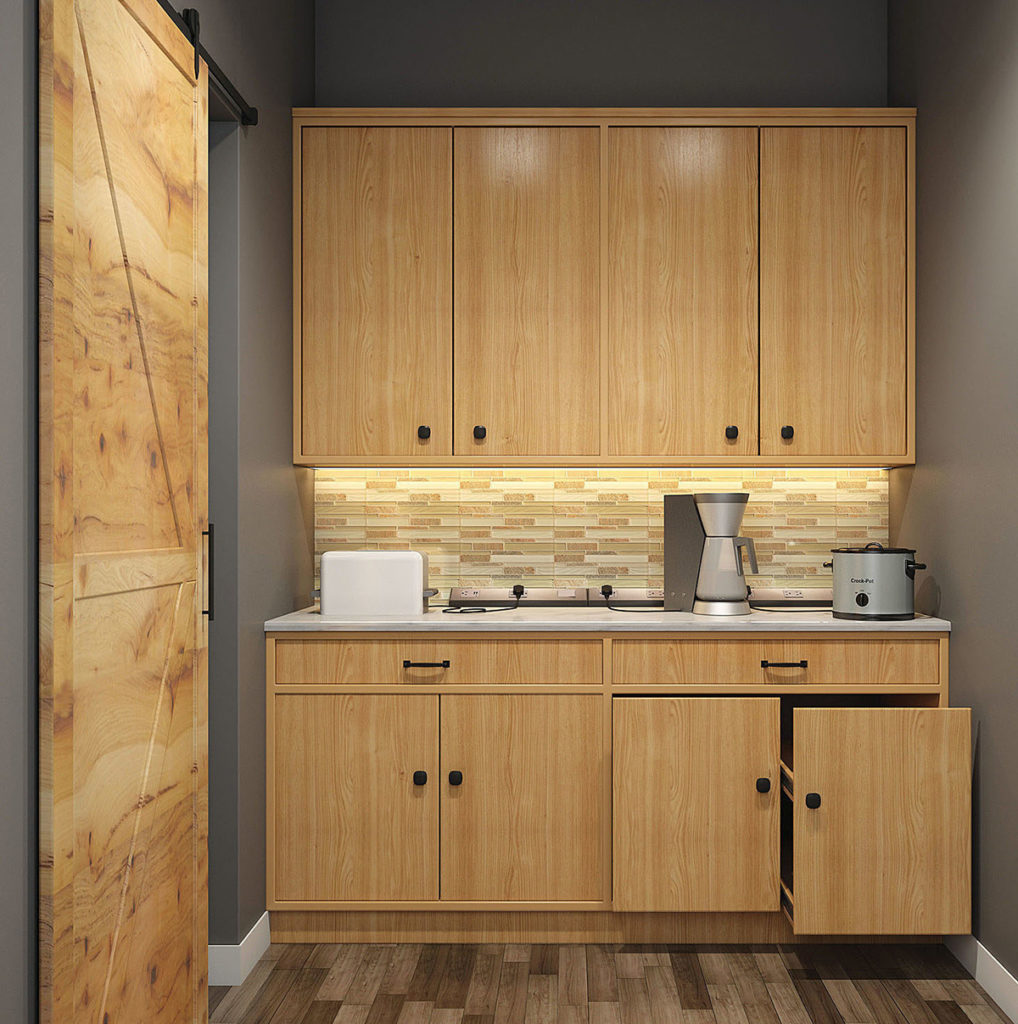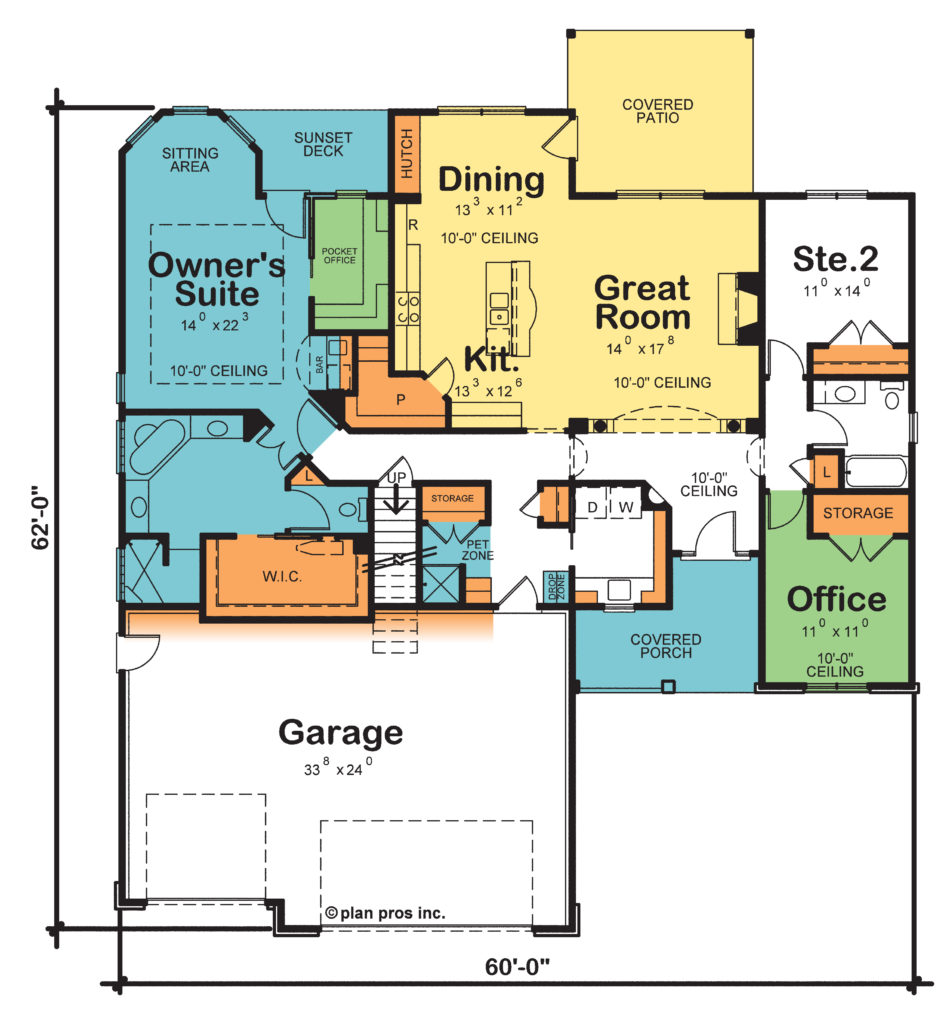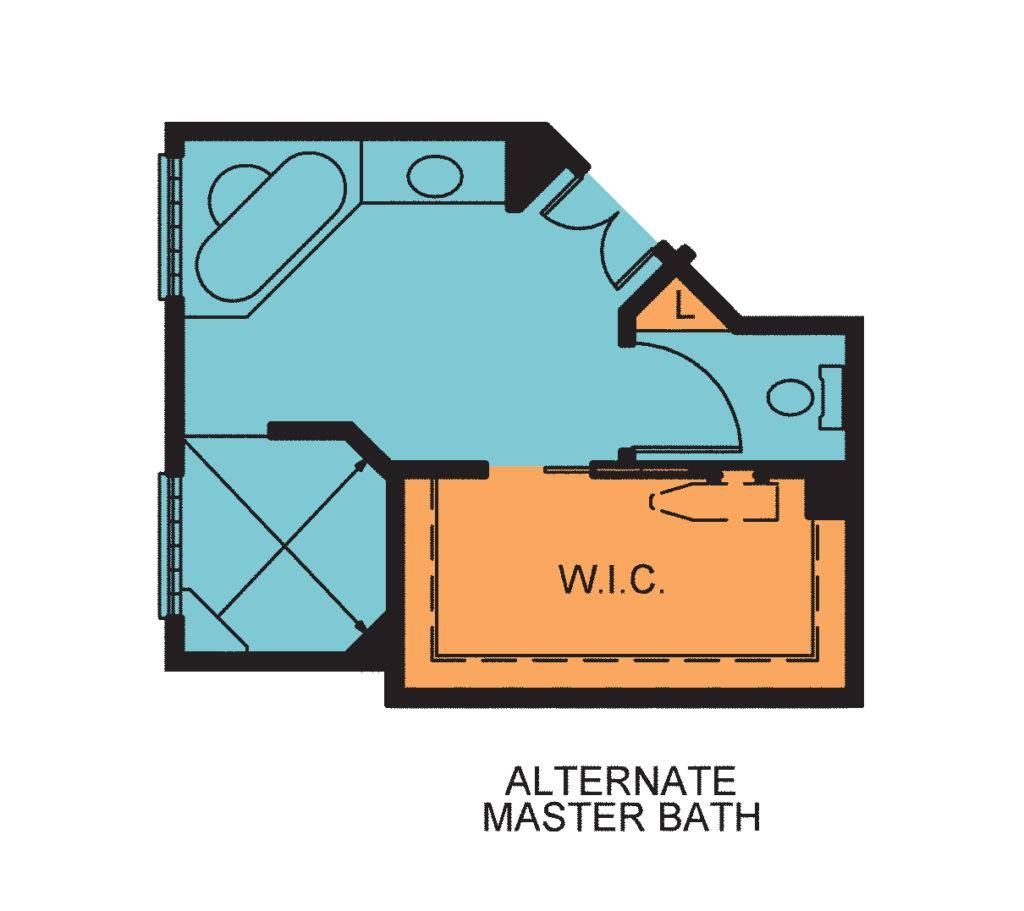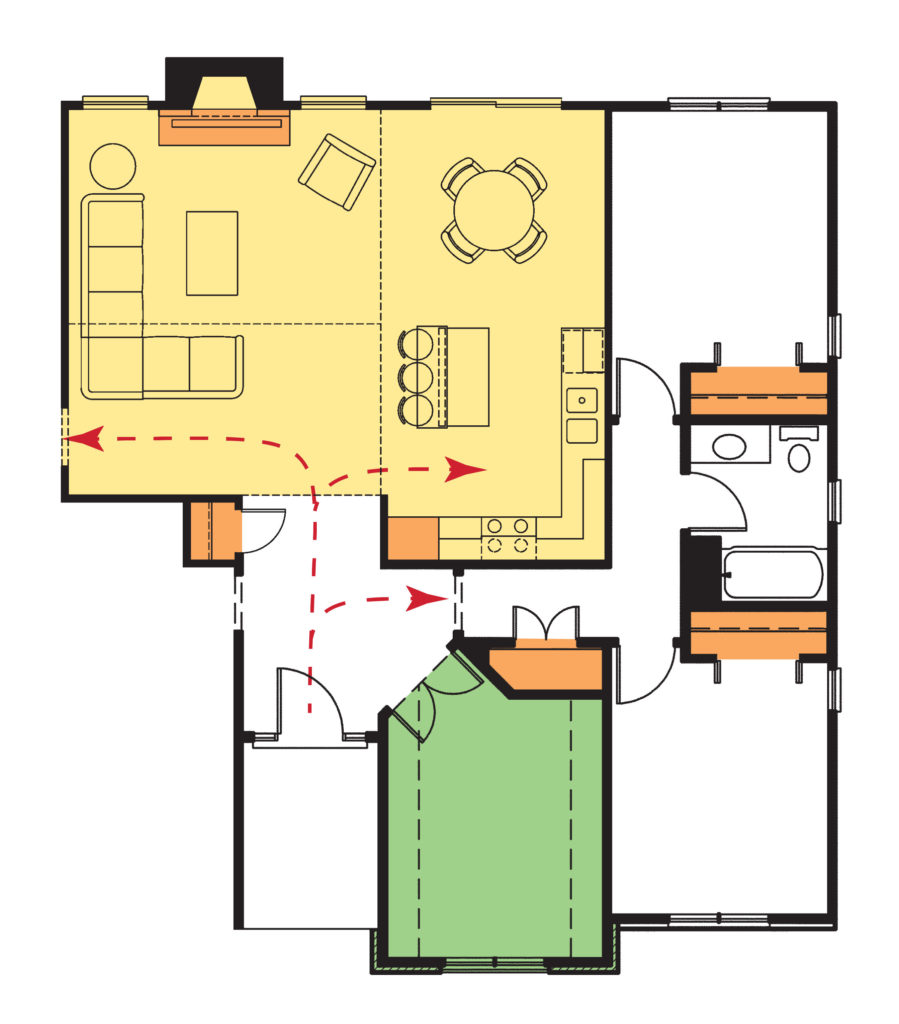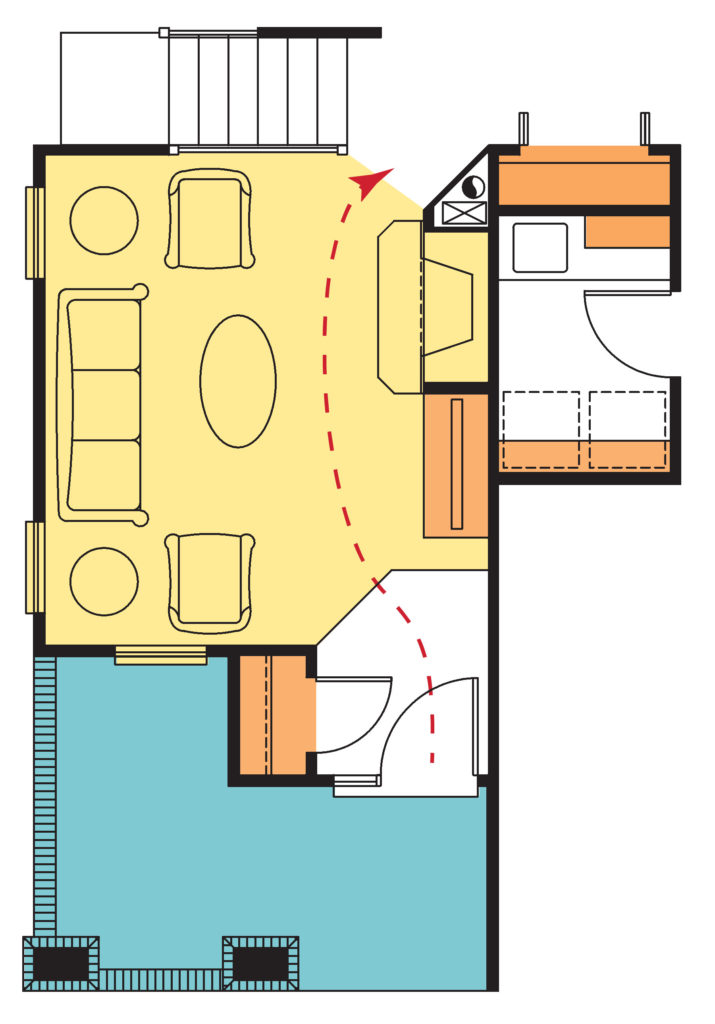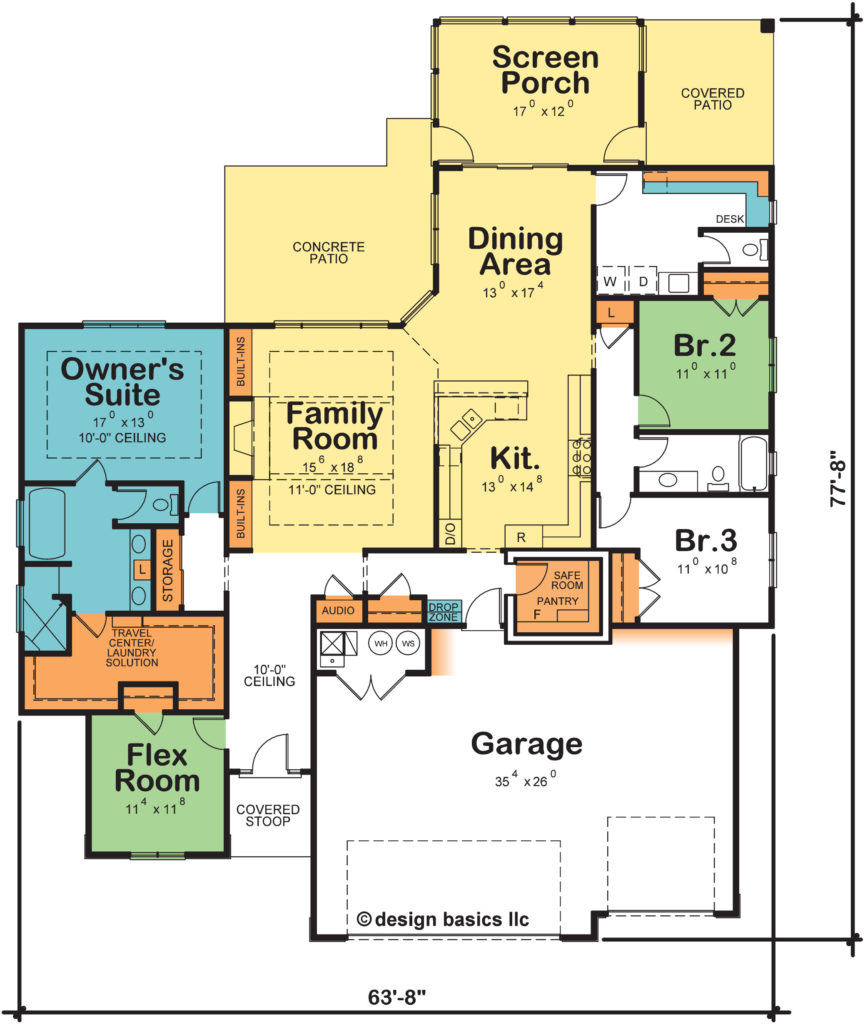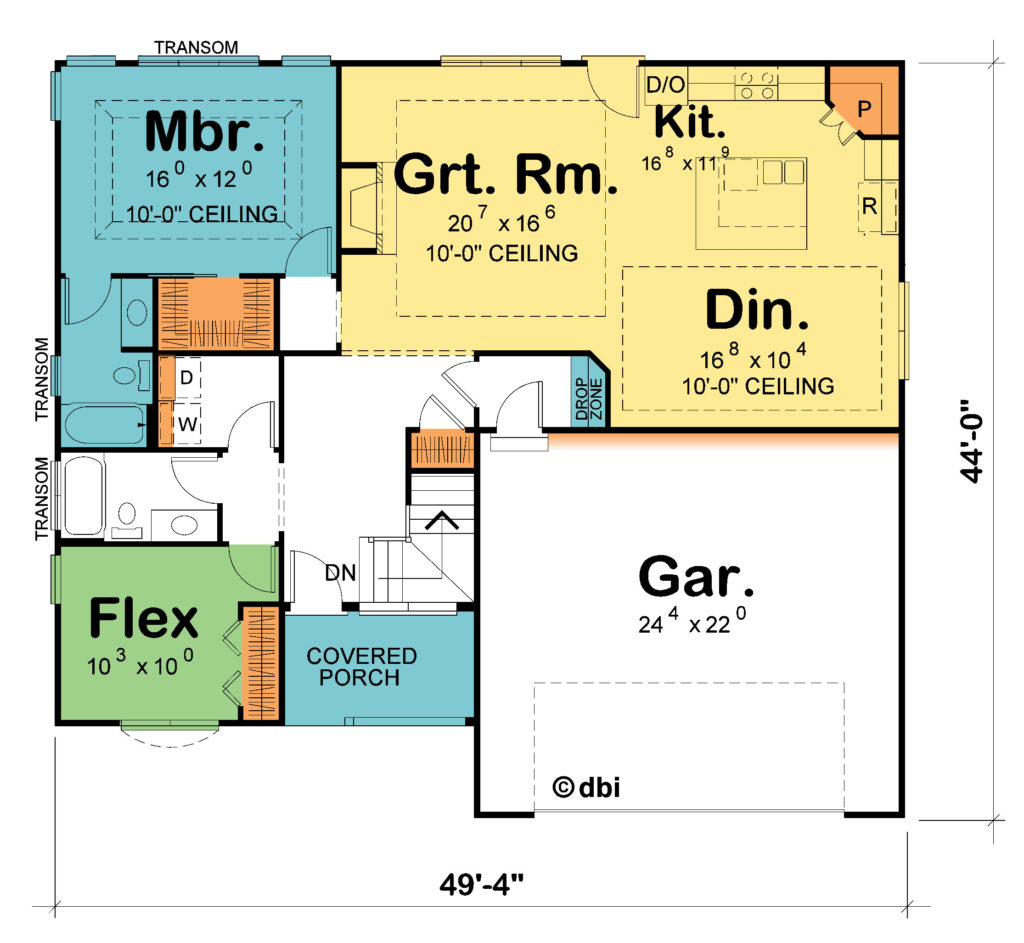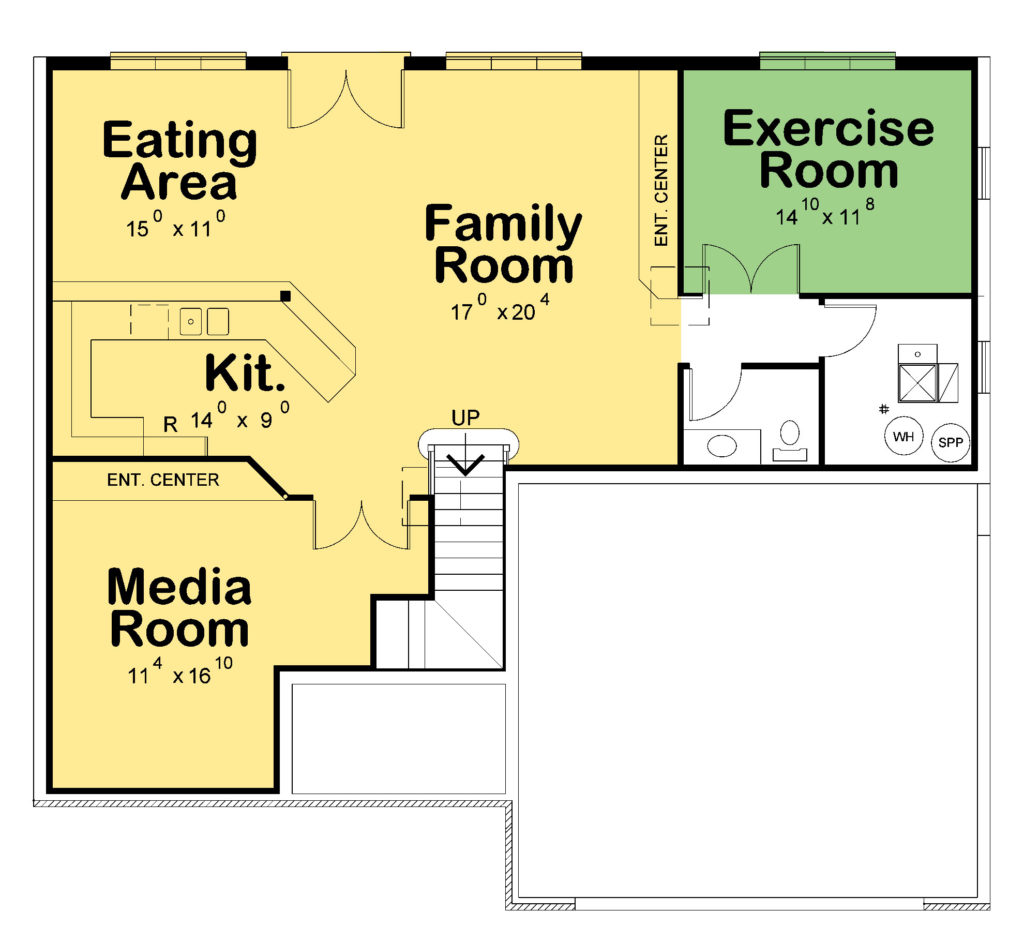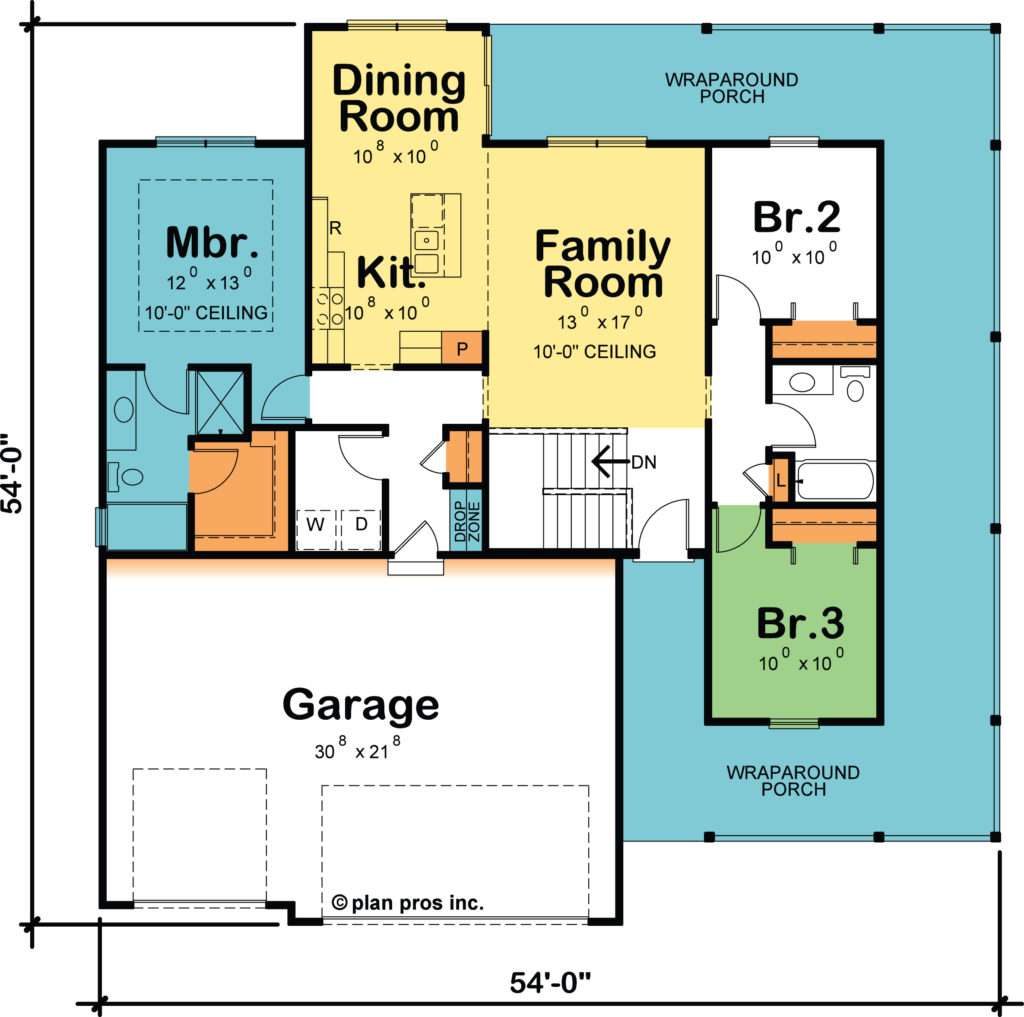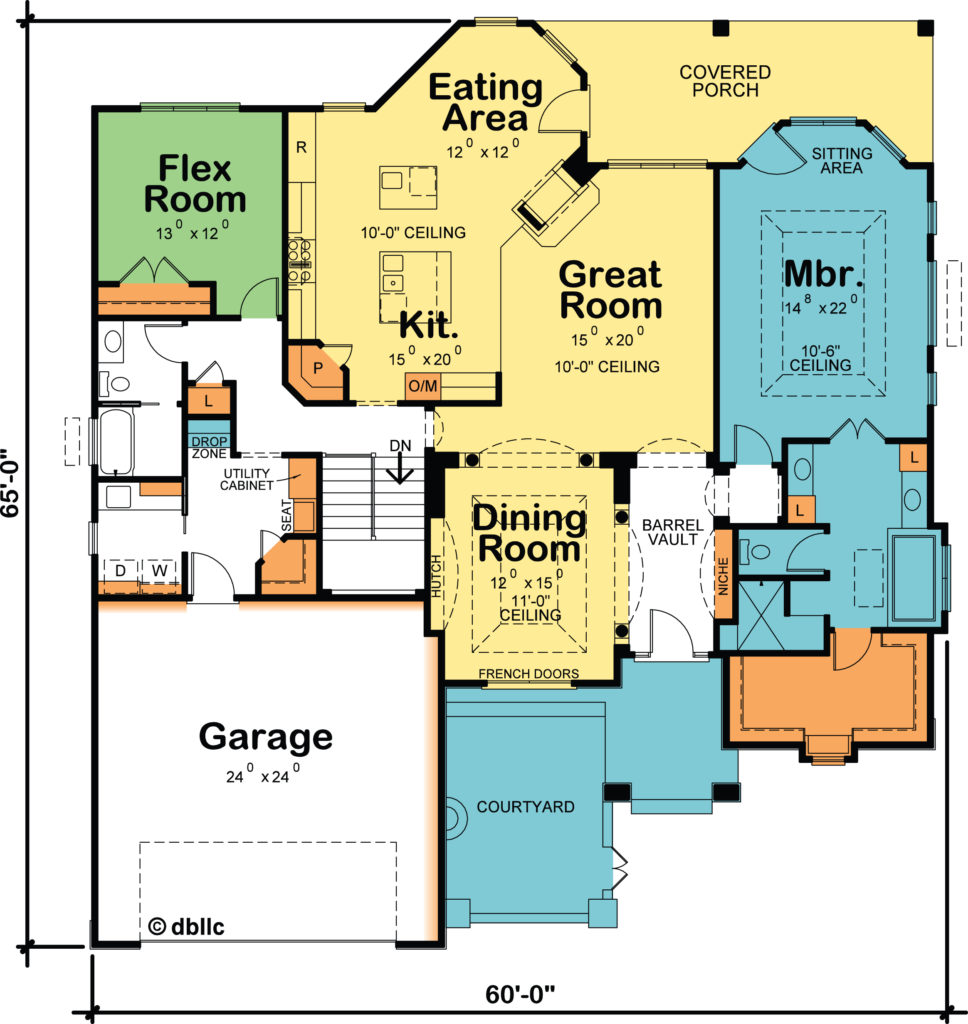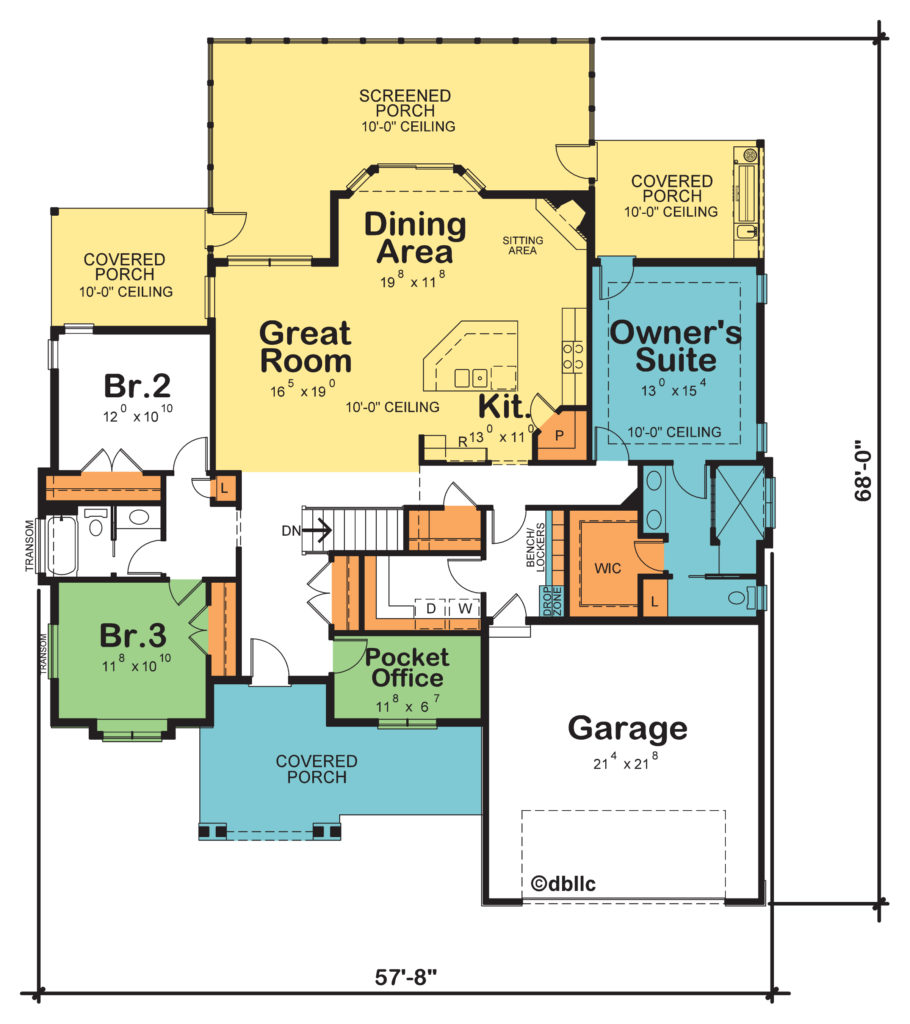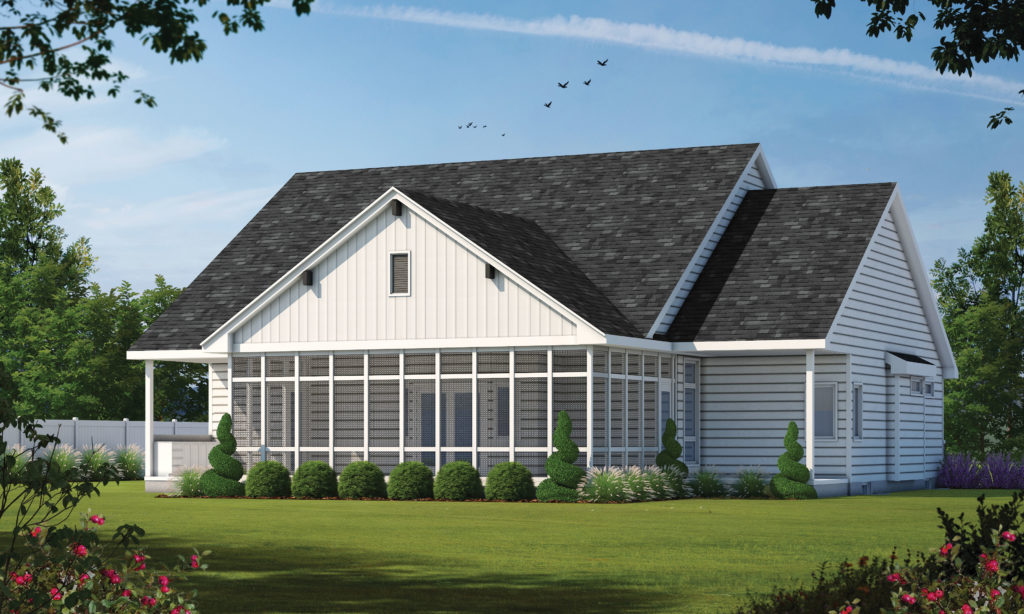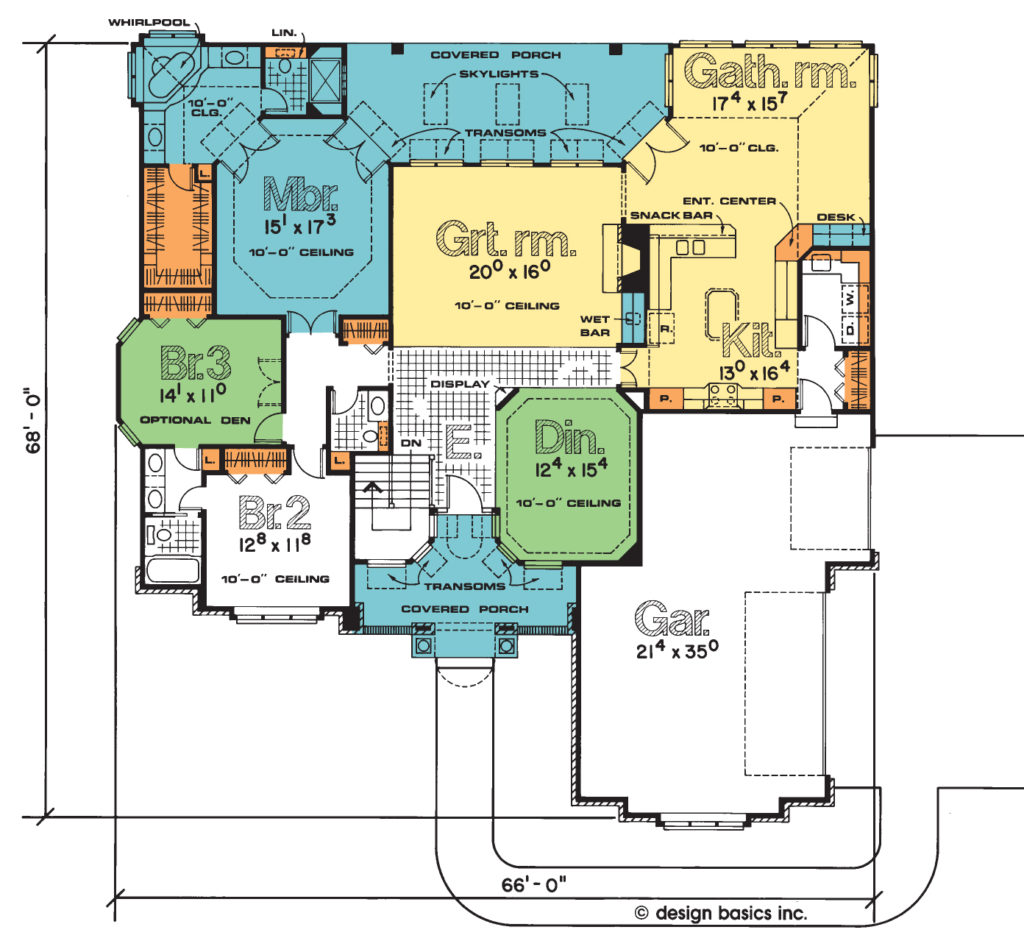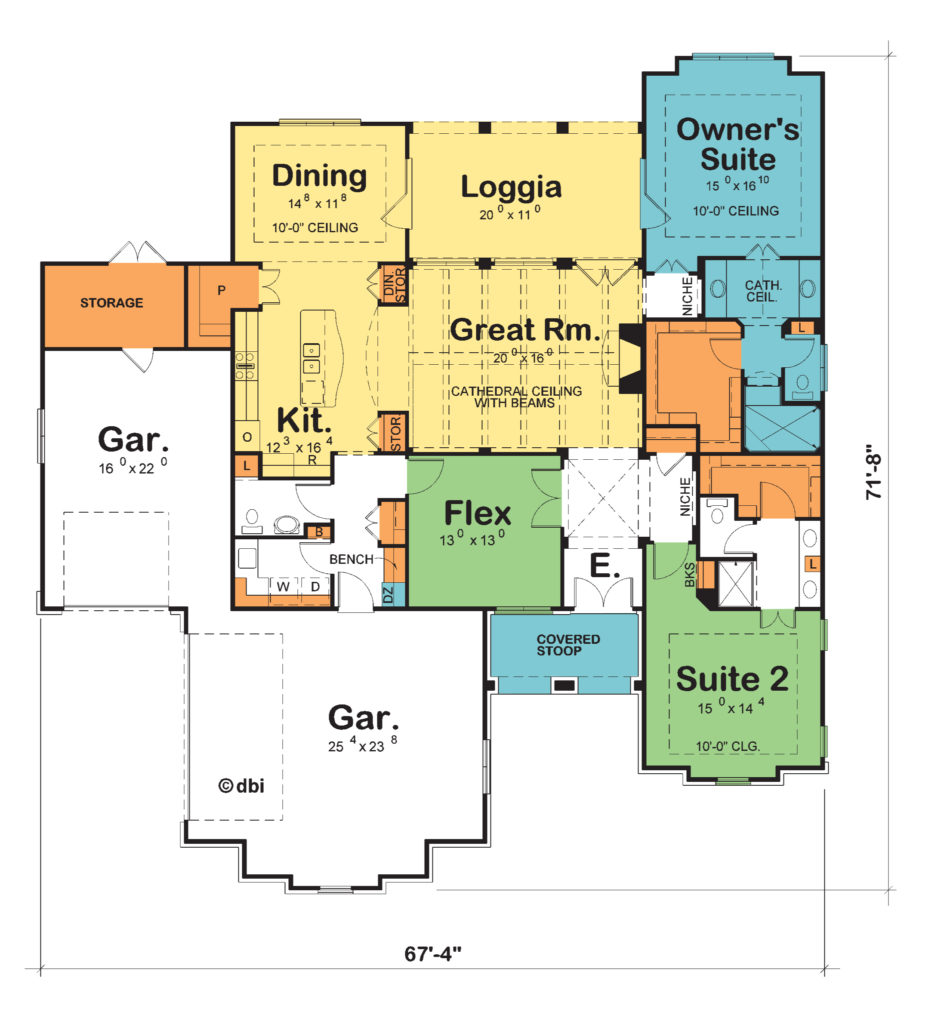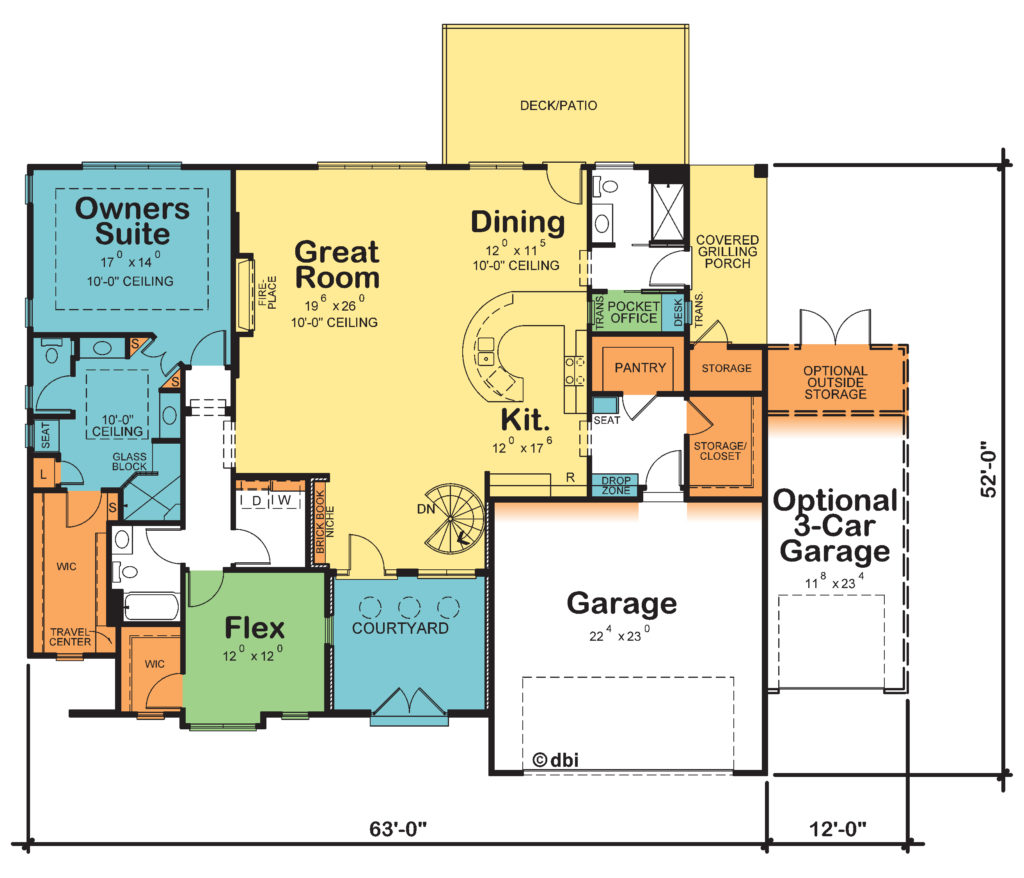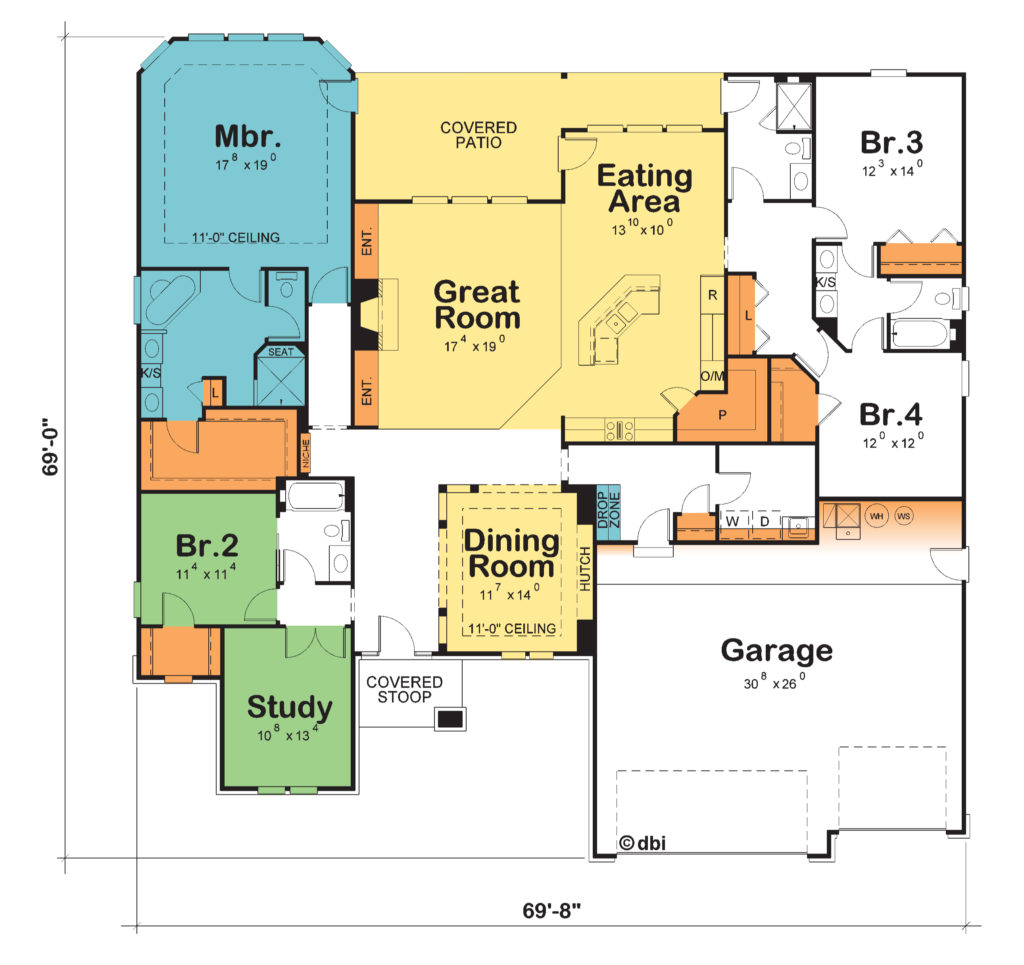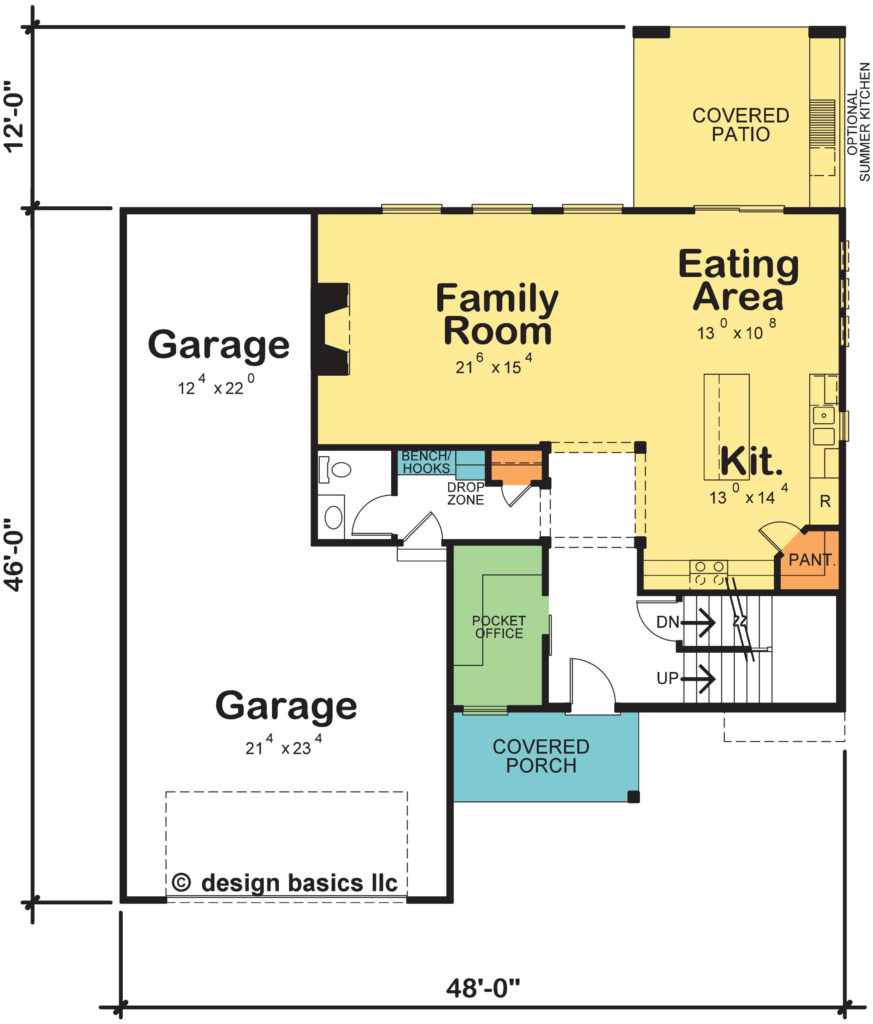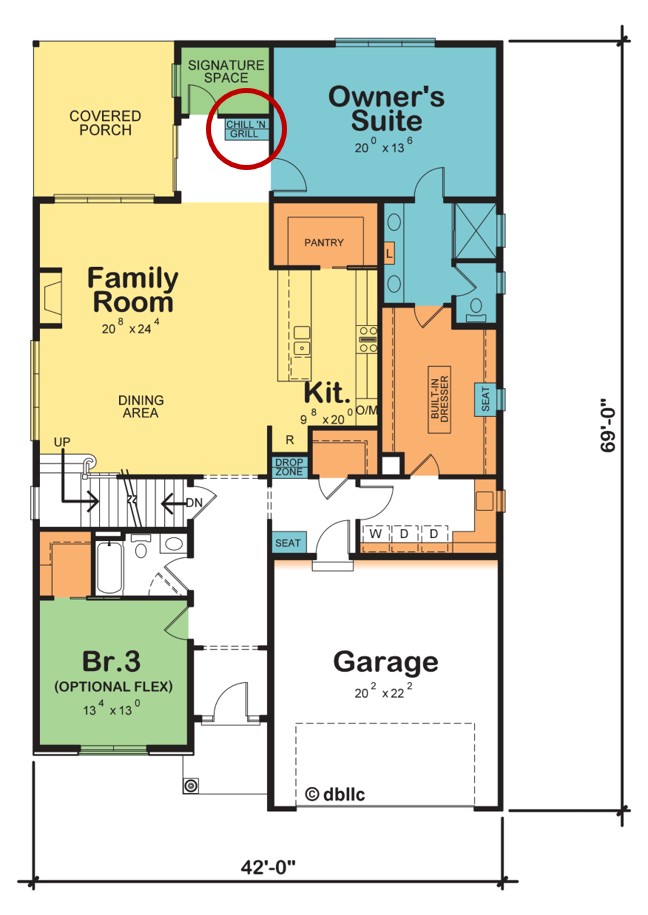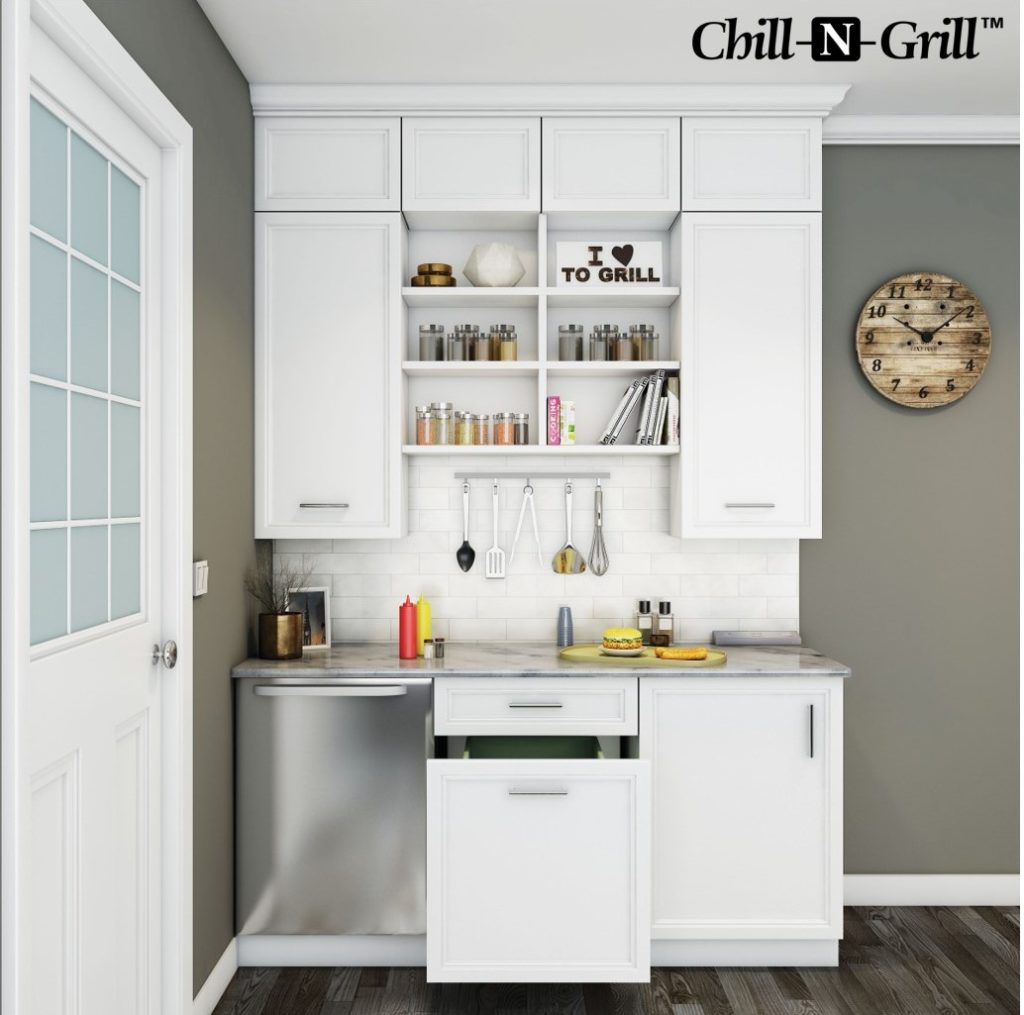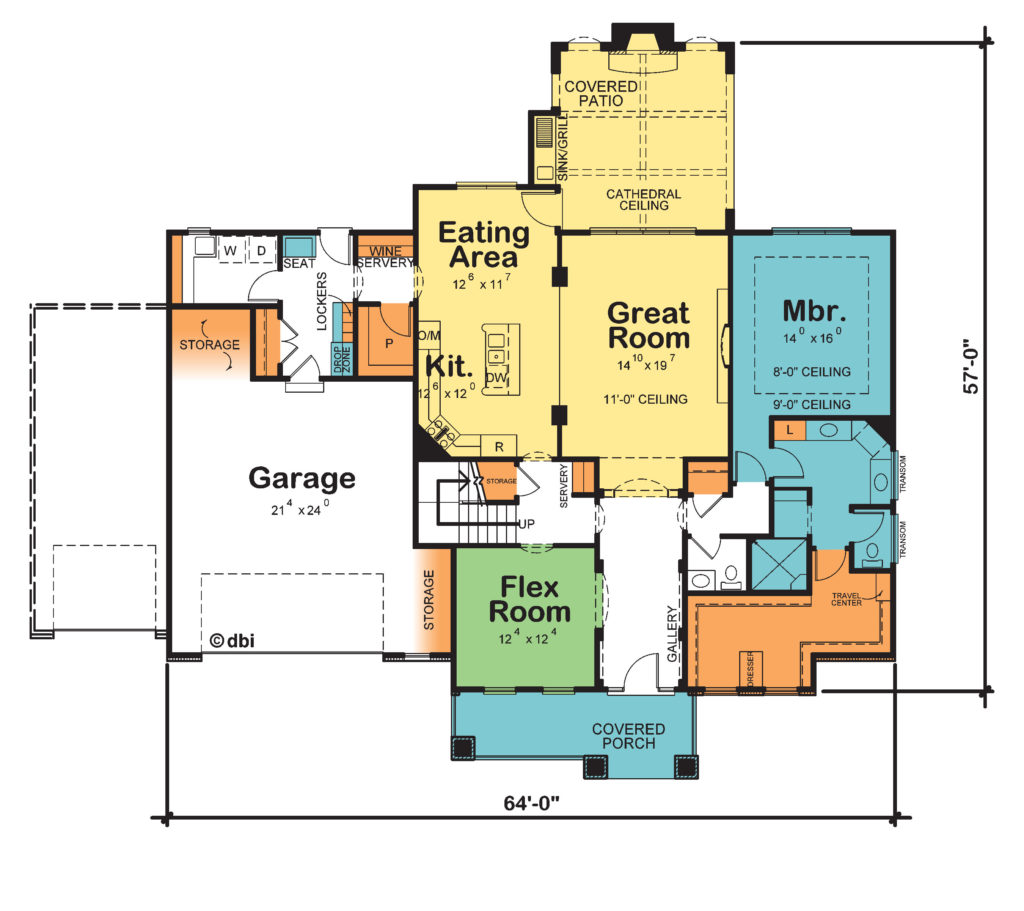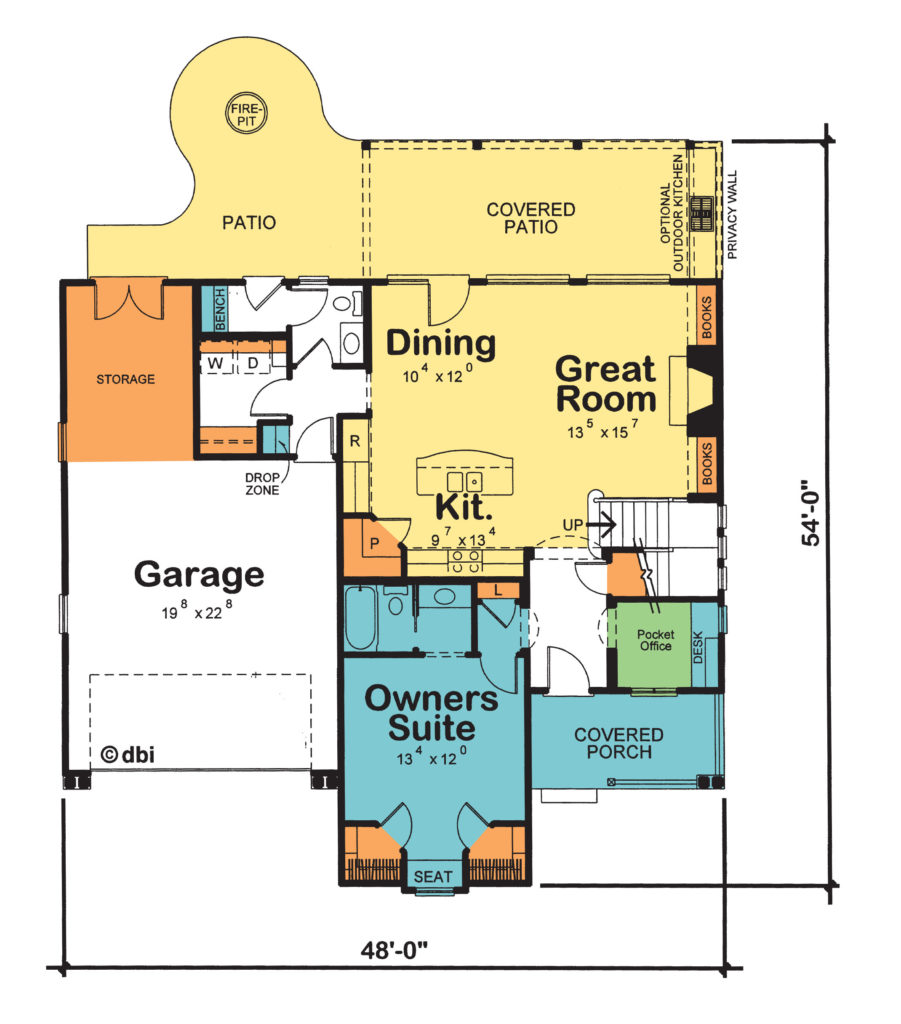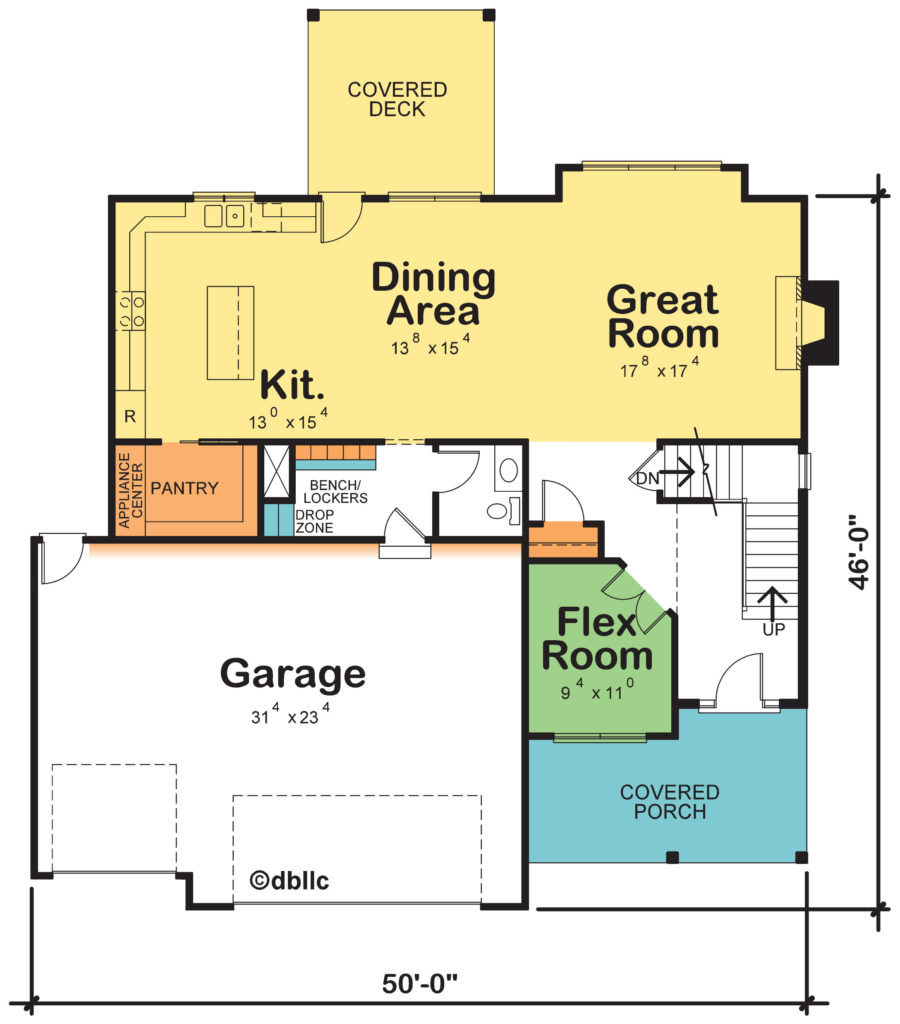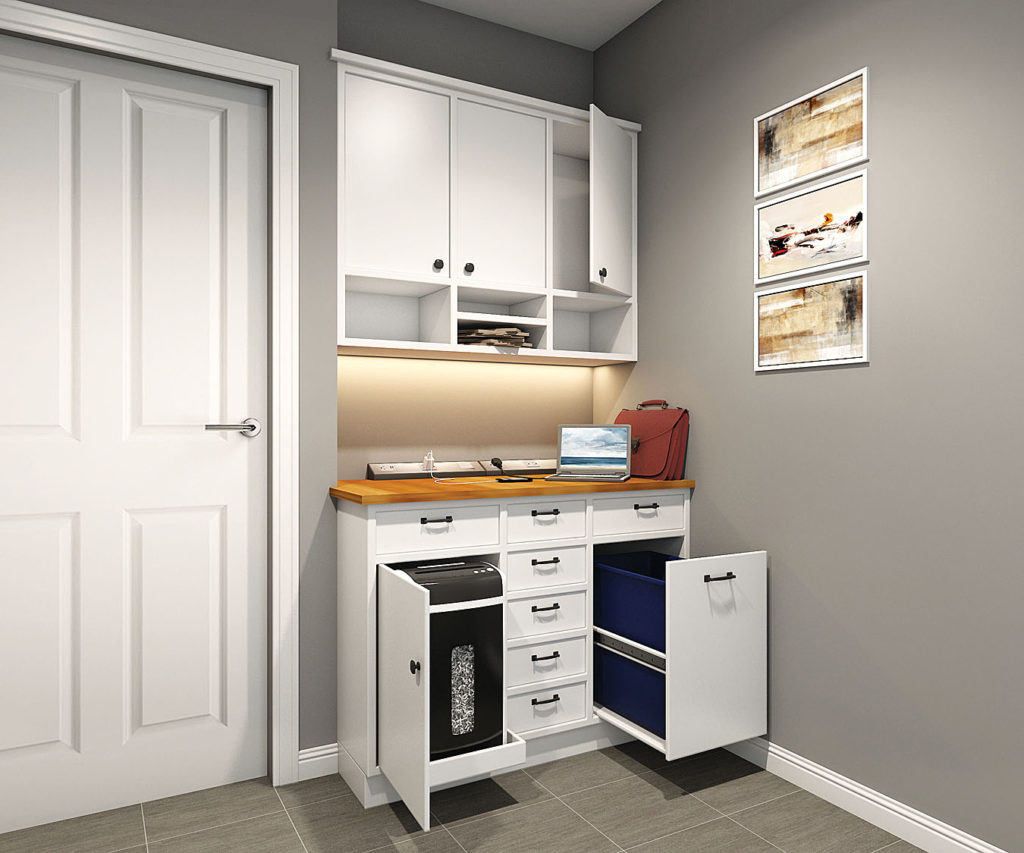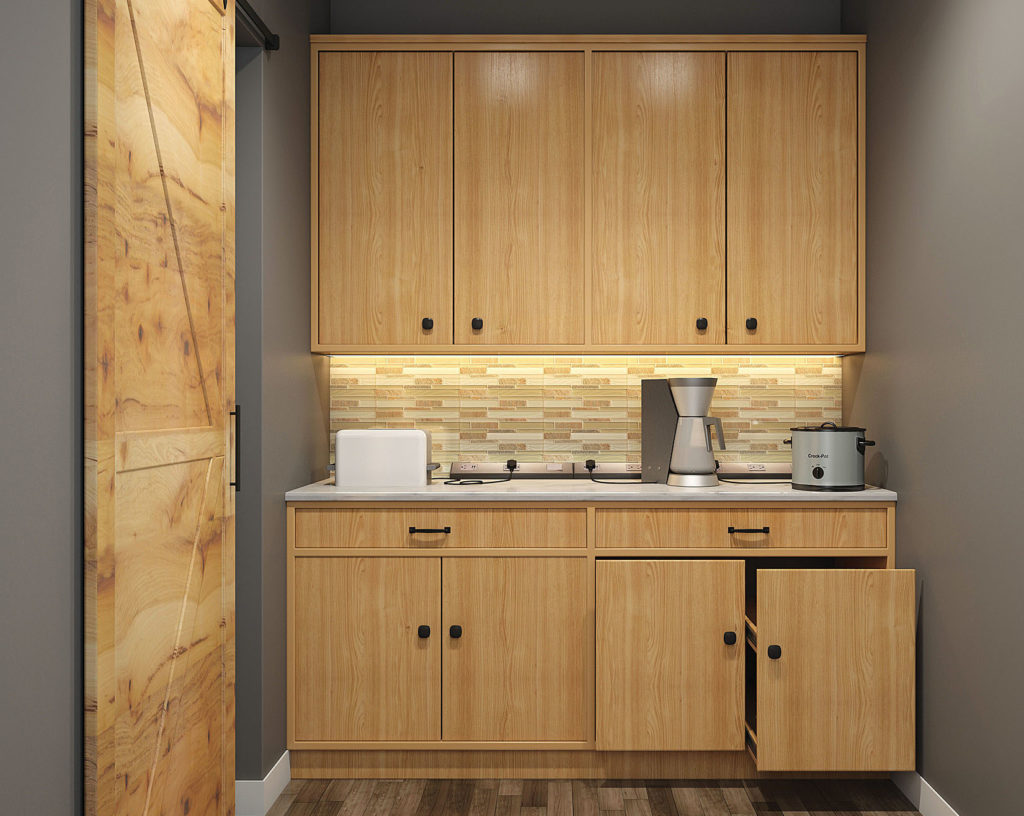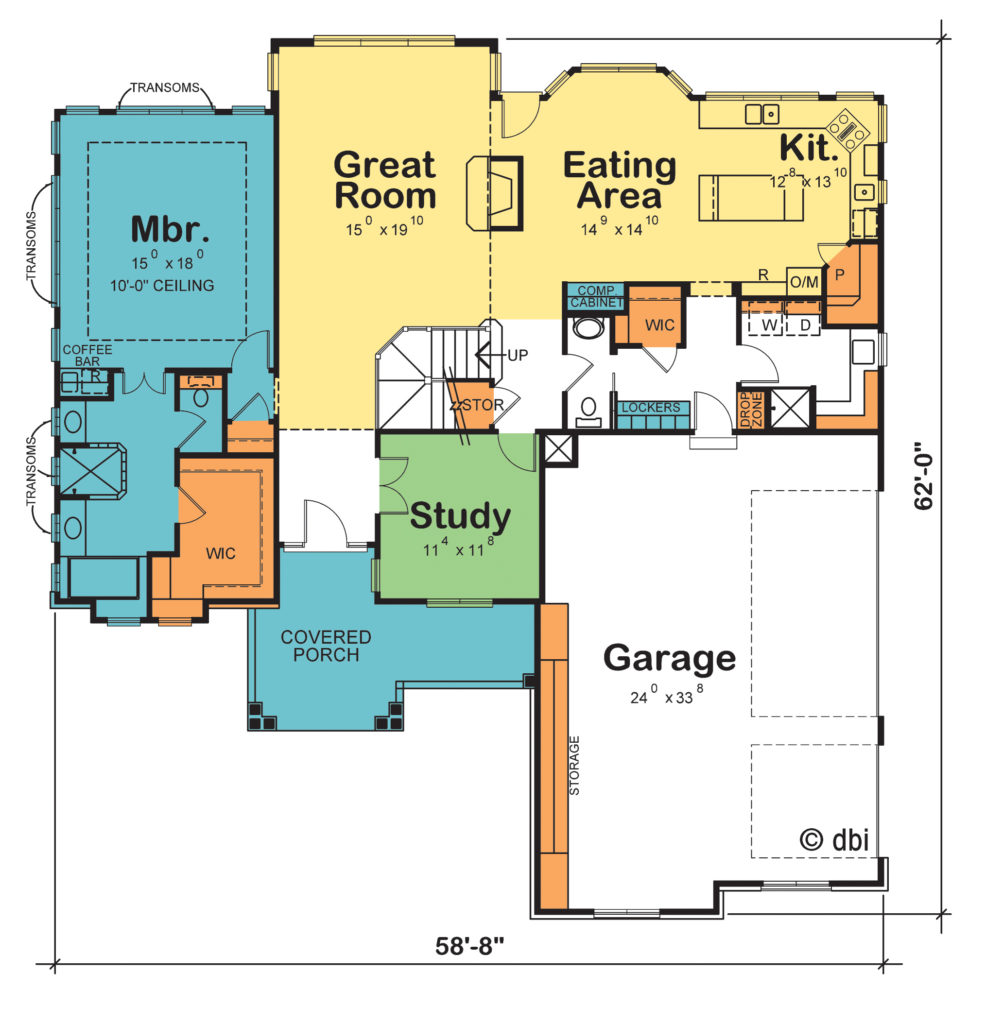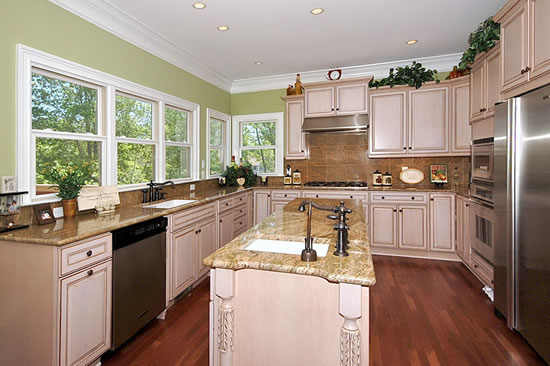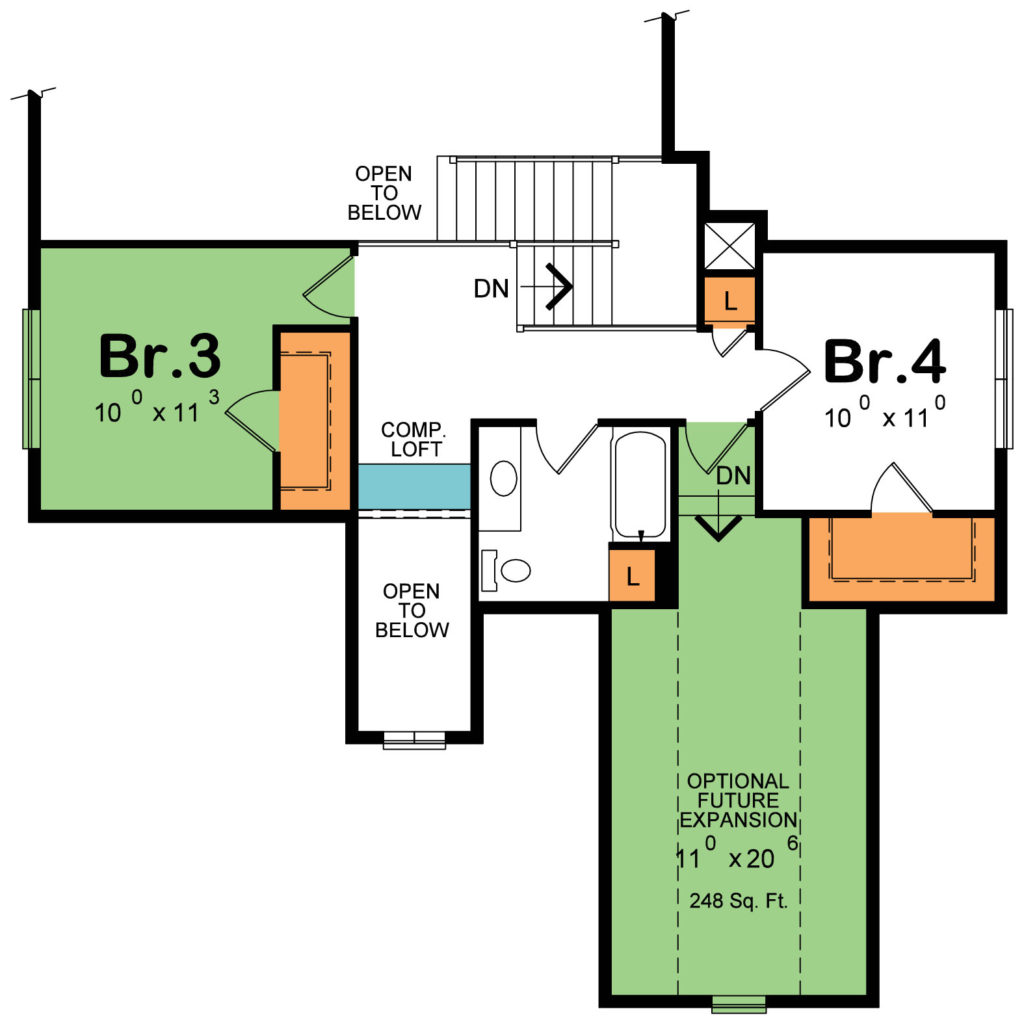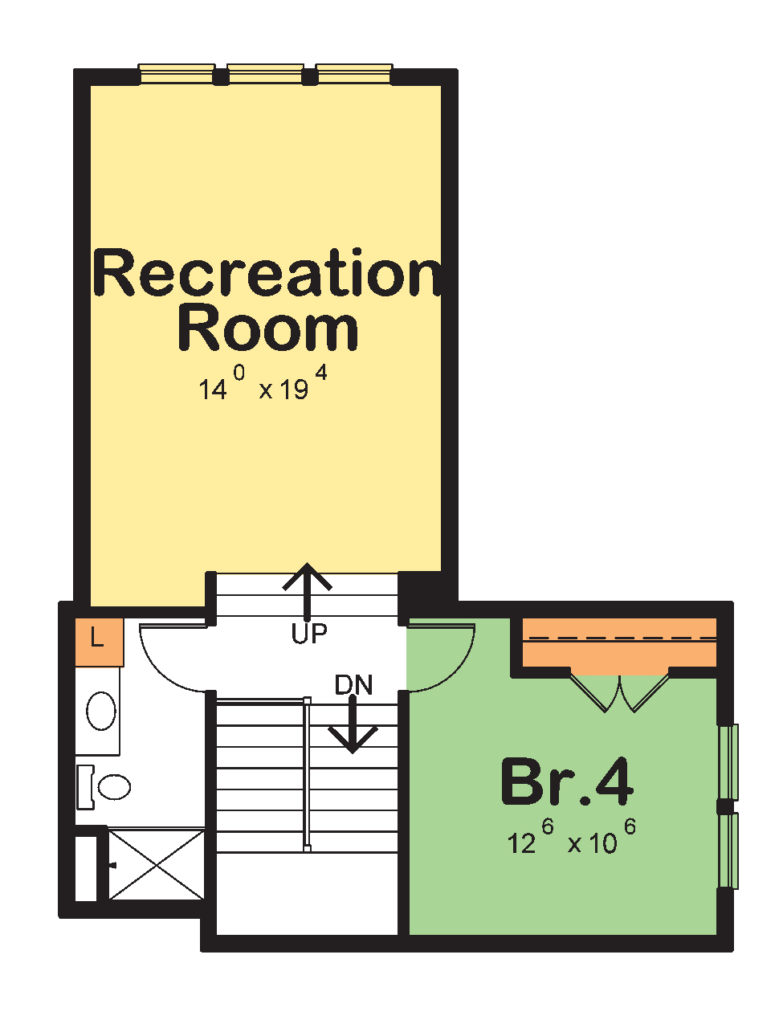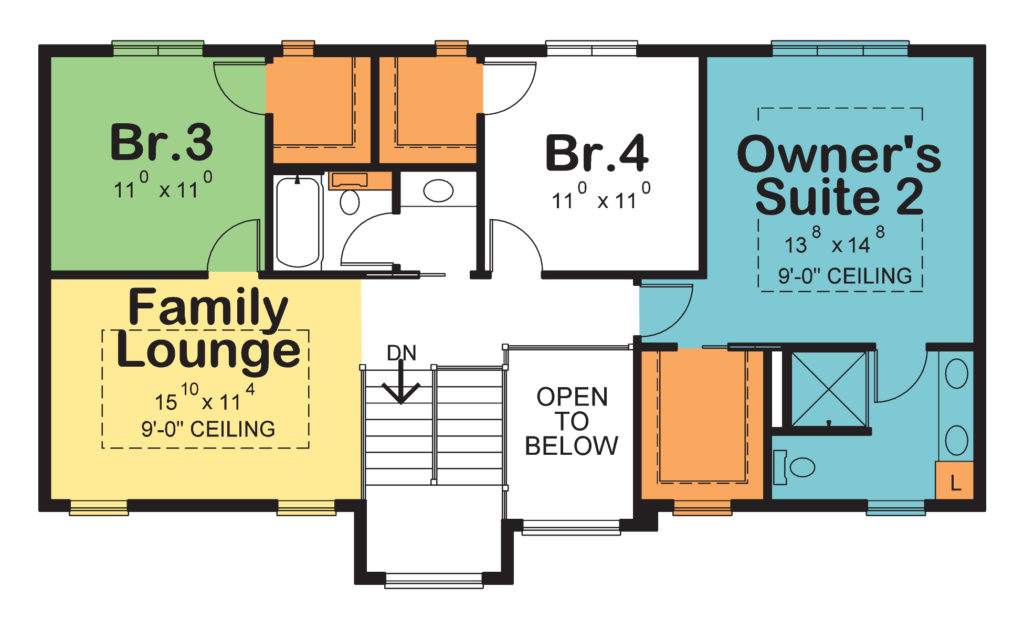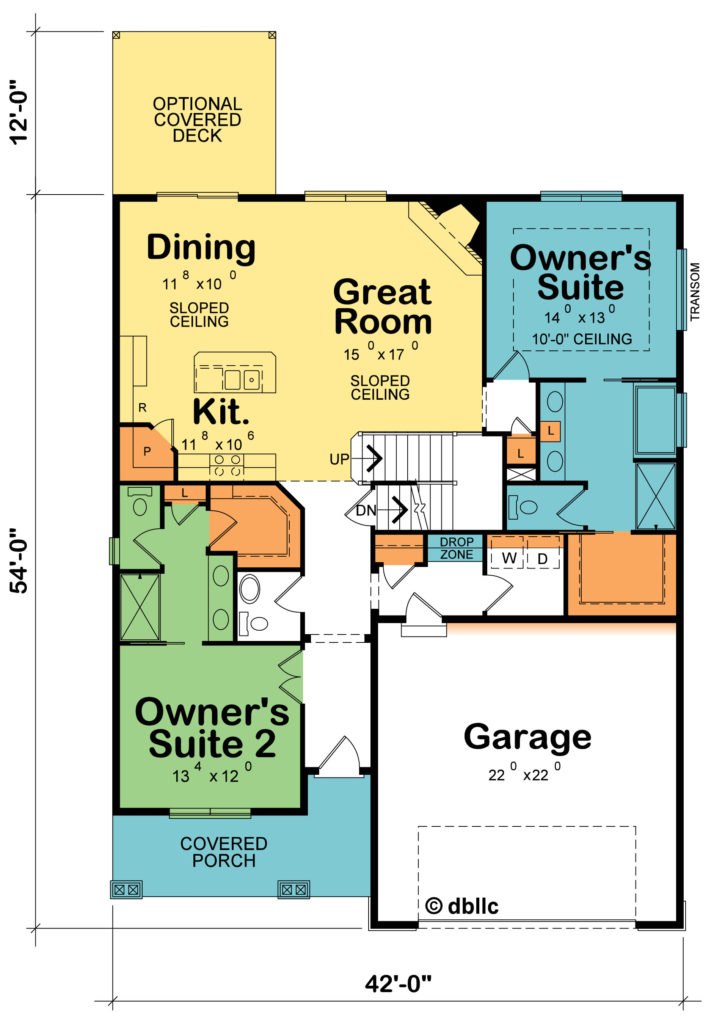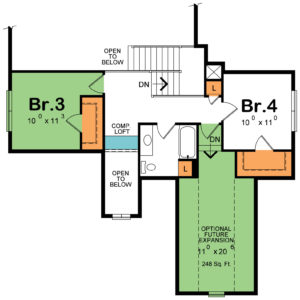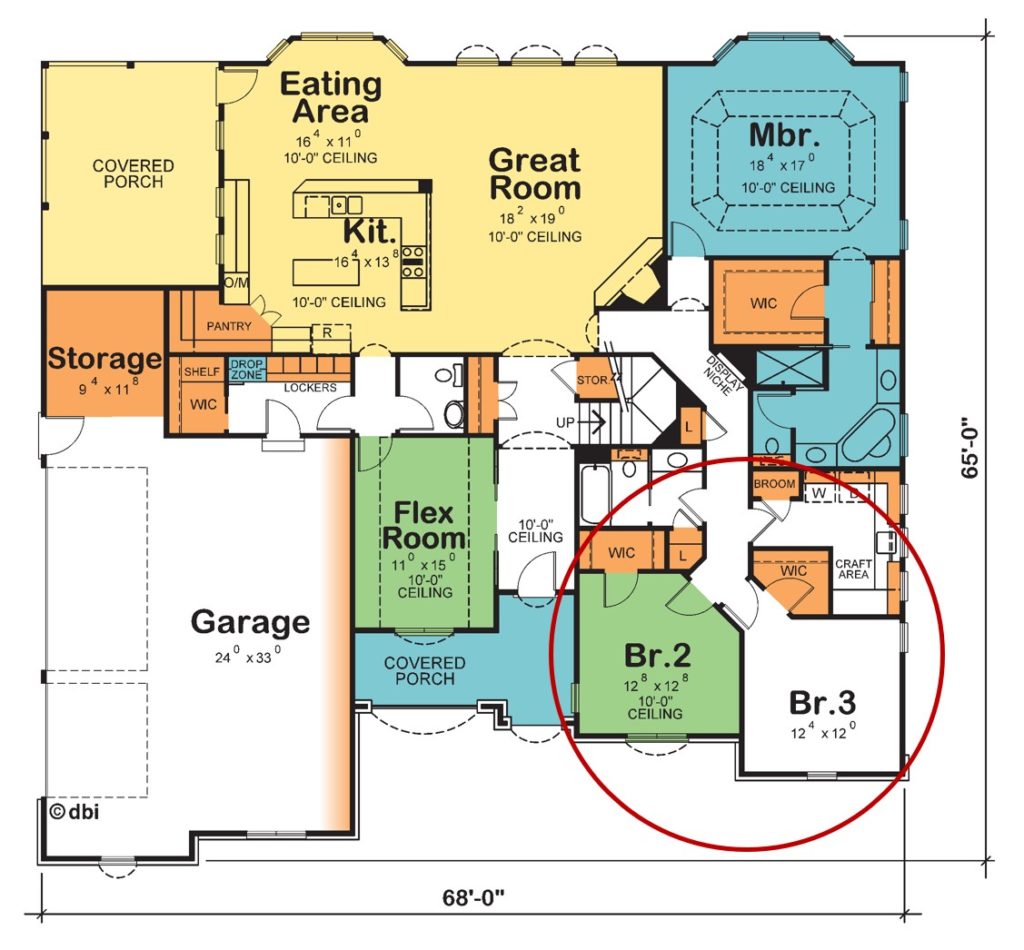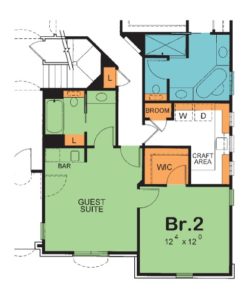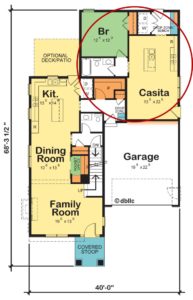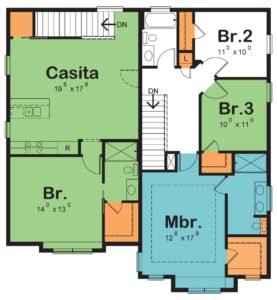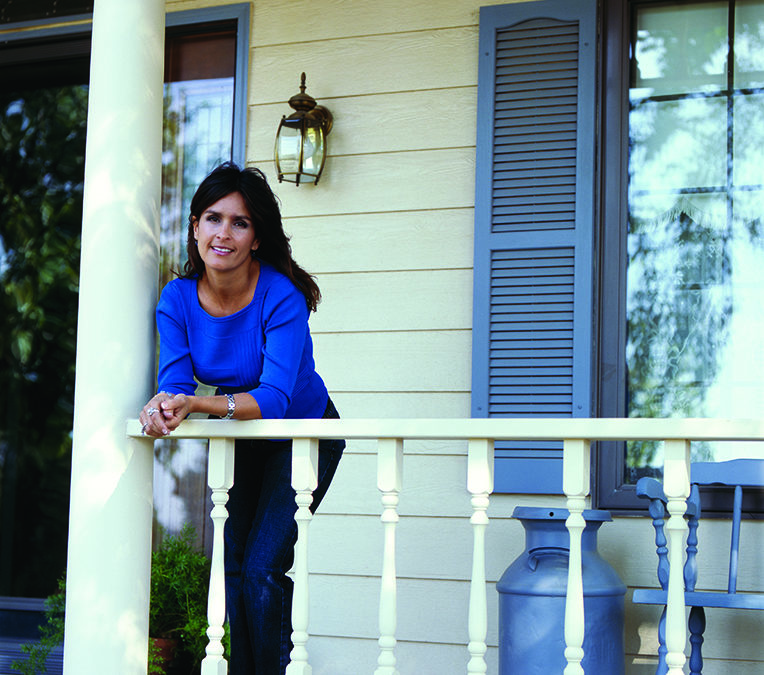
What is a Woman-Centric Home Design?
“A guy must have designed this home. No woman would have designed it this way,” a comment overheard during a model home walk-through. The square footage was on par with nearby homes, as were the finishes chosen. Focused on construction efficiency, the builder was proud of his new model, having shaved days out of the construction timeline. But there were no windows in the bathrooms; when opened, doors blocked being able to walk by; and the bathroom linen “closet” was a joke. Gone was the decorative roof dormer with transom windows and brackets in the gables, the craftsman tapered porch columns had been replaced with simple 8×8 posts, and the uninspiring, raised 32-panel garage door was chosen by default.
Woman-Centric home design is rooted in addressing design-related issues women discuss with us, developing new, sometimes innovative solutions to those design challenges. Often, they deal with a home’s livability: making things easier such as a doorless shower (no door to clean!); giving back a little more time (e.g., a direct connection to the laundry room from your walk-in closet); and contributing to everyone’s well-being (increasing natural light levels). Just as frequently they address views and focal points, such as adding a gallery display to a hallway, reducing its perceived length; creating a small alcove at the doorway into your bedroom for visual privacy; and not entering your home from the garage just to be greeted by piles of dirty clothes strewn in your “laundry/mudroom.”
Woman-Centric home design appreciates both style and livability, form and function. Eliminating regrets is one way design is addressed. You love your new kitchen, until you realize there is no provision nor room for a pull out wastebasket drawer and you’re stuck displaying an unsightly tall kitchen wastebasket that’s always in the way. Or the quandary of keeping kitchen countertops clean and uncluttered, while at the same time keeping small appliances readily available.
Inspired by women – what small appliances do you use most often? Wouldn’t it be great to have them ready to use, yet not cluttering your kitchen counters? Whether part of your walk-in pantry or a dedicated space just outside your main kitchen, a Small Appliance Center solves this dilemma elegantly!
(Click on image to enlarge.)
Design Basics has long been blessed by invaluable feedback from professional home builders and related tradespeople. Such feedback was, however, also a bit biased, though unintentionally, by the fact that it was mostly coming from men. Therefore, to achieve a more holistic view of home design and how people actually live in their homes, Design Basics goes out of our way to talk about every-day, real-world home design issues with women in the home building trades as well as female home buyers. Rather than being “sexist,” Woman-Centric home design is inclusive, soliciting and acting upon the design deficiencies and opportunities coming from all sources.
Back in 2003, our pioneering research into women’s preferences in the home uncovered the fact that women were primarily using four lenses when looking at a home’s suitability for her and her household. Other research shows women more easily get stressed than men and that women hold on to that stress more and longer than men. It’s no wonder then, aspects of the home and its design that can help her de-stress are design priorities.
In the Slater (plan #29333), the suite’s bayed sitting area, wet bar in the bedroom, sunset deck, plus two bathing options including a doorless walk-in shower in the bathroom can all help alleviate stress. (See also: De-Stressing Concepts in Bathroom Design; Is Your Home Stressing You Out?; I Need My Space!; Take the Stress out of Working from Home)
Entertaining is the second lens and is entwined with how she likes to entertain. Family get-togethers? Dinner parties? Having a few close friends over? The Slater’s open concept has a bit of formality with the columned, arched opening to the great room. A 10-foot high ceiling spans this area, including the dining and kitchen. And the rear patio has a roof overhead, so that the barbecue or study group plans need not be cancelled due to rain. (See also: Entertaining: Planning for Fun; Entertaining: Beyond Four Walls; How do You Like to Entertain?)
While a home design may identify the intended use for a given space, you may envision that space differently. And some areas in a home can serve two purposes simultaneously. These are examples of flexible living, the third lens. If you work from home, the office suggested at the front would be ideal. Or perhaps you prefer the seclusion and location of the pocket office off the suite’s bedroom. Just as easily, that front office could be a spare bedroom, and the pocket office a second walk-in closet. (See also: Flex Spaces Save the Day!; Flexible Living: You Have Options; Flexible Living: Changing Households)
Another example of flexibility are pre-configured floor plan options, such as the Slater’s optional bathroom layout with a larger walk-in shower but just one sink.
(Click on image to enlarge.)
The Slater’s 12-foot-high ceiling in the suite’s walk-in closet is high enough for three hanging rods + shelves, providing LOTS of storage, the final lens. According to women we’ve talked with, the three keys to storage are: 1) dedicating adequate square footage, 2) locating storage right where it is needed, and 3) organization within storage – think garage or closet organization systems and kitchen organizing amenities. (See also: Storage…Just Imagine the Possibilities; News Flash – Storage Sells!; Your Garage: Vehicles vs. Storage)
Join us next time for an in-depth look at Woman-Centric home design!
For more resources on thoughtful design and products:
- Learn more about Livability at a Glance™
- View other articles on our blog
- Browse our Her Home™ Magazine
- Thoughtful Design Concepts
